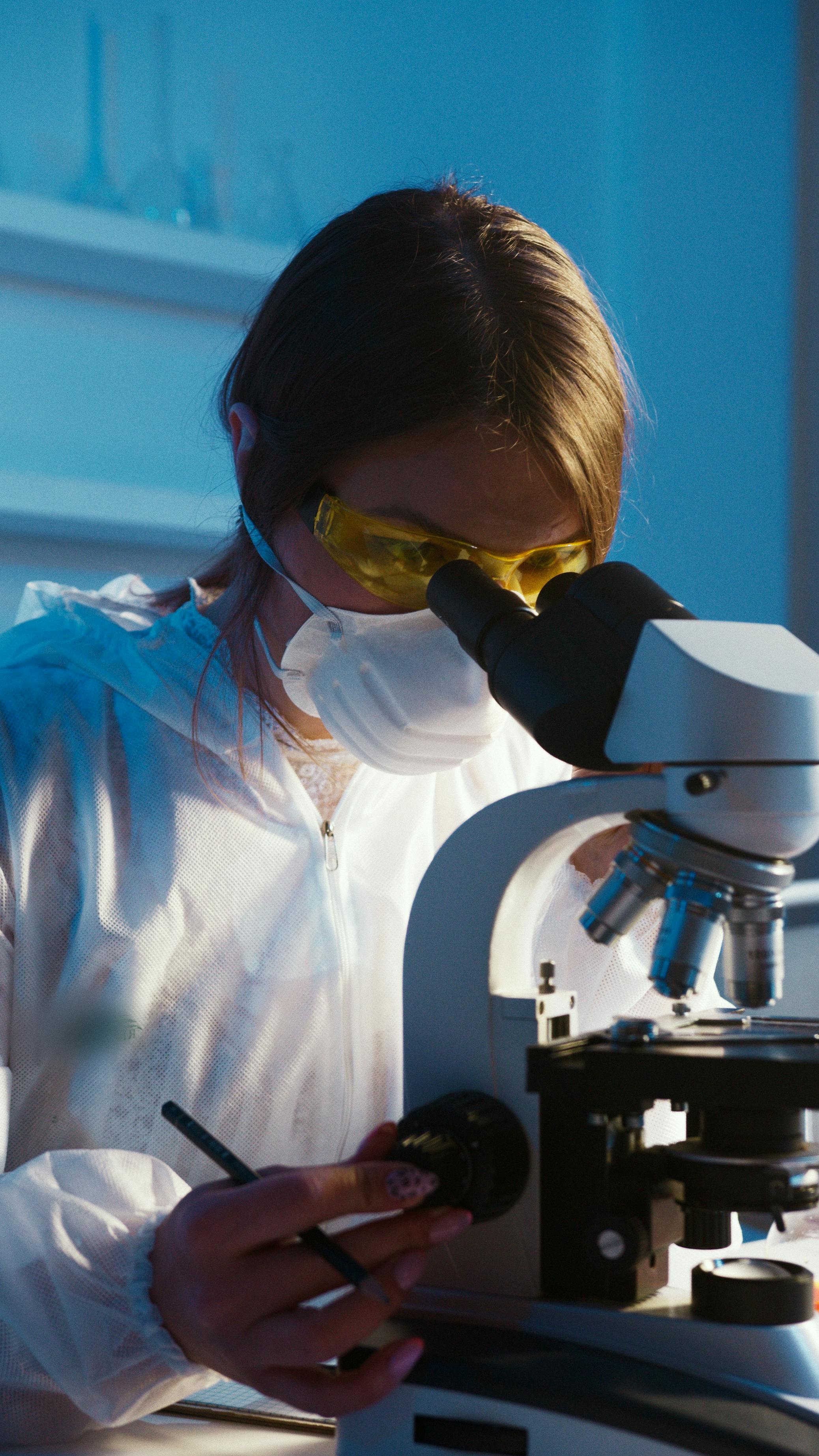In the realm of industrial coating technologies, surface preparation is a critical yet often overlooked aspect that determines the success of any coating application. At Prime Colors, located in Ahmedabad, we’ve seen firsthand how proper surface preparation can significantly enhance coating adhesion and overall product longevity. This guide delves into the key processes involved in surface preparation, their technical merits, and the substantial ROI they can provide to manufacturers across various industries.
Surface preparation involves a series of meticulous steps aimed at ensuring optimal adhesion between the substrate and the coating. This process not only includes cleaning but also conditioning the surface to meet specific requirements for different coating technologies. For instance, our solid color coatings and PE coatings demand unique surface treatments to maximize performance. By investing in thorough surface preparation, manufacturers can achieve superior durability, enhanced aesthetic appeal, and greater resistance to environmental factors such as moisture and UV exposure.
"Proper surface preparation can increase coating adhesion by up to 50%, ultimately extending the service life of your products." - Prime Colors Technical Team
Industries such as furniture manufacturing, packaging, and architectural design can leverage advanced surface preparation techniques to enhance the longevity and performance of their products. For example, our expertise in supplying high-quality printbase and plain base paper ensures that laminates achieve optimal adhesion and finish quality, crucial for both aesthetic and functional attributes. By choosing the right surface preparation methods, companies can cater to the growing demands for premium finishes while reducing costs associated with product failures and rework.
What Are the Key Steps in Effective Surface Preparation?
Effective surface preparation typically involves several critical steps, each tailored to the specific type of coating and substrate material. Here are the essential steps:
- **Cleaning**: Removing dust, grease, and contaminants using solvents or detergents to ensure a clean substrate.
- **Mechanical Abrasion**: Using sandpaper, blades, or blasting techniques to create a roughened surface that promotes better mechanical adhesion.
- **Chemical Etching**: Applying specific chemicals to enhance the surface profile, especially for materials like metals and plastics.
- **Surface Priming**: In some cases, applying a primer coat can improve adhesion, especially for coatings that require a specific interaction with the substrate.
- **Testing for Surface Energy**: Assessing the surface energy of the substrate to determine if it meets the coating’s adhesion requirements.
Each of these steps plays a vital role in ensuring that the coating adheres effectively, minimizing the risk of peeling or delamination over time. By understanding and implementing these preparation techniques, manufacturers can significantly enhance the quality and durability of their coatings.
At Prime Colors, we offer customized solutions that integrate these surface preparation techniques with our advanced coating technologies, such as our solid color and metallic coatings. By tailoring our approach to meet the specific needs of each client, we help businesses achieve superior results and realize their design visions with confidence.
Investing in high-quality surface preparation is not just about aesthetics; it’s about ensuring long-term performance and customer satisfaction. By ensuring the right surface finish, manufacturers can reduce product failures and enhance marketability, ultimately leading to increased profitability.
Ready to enhance your coating performance? Request a technical consultation with our experts today to learn how our surface preparation solutions can benefit your manufacturing processes. Contact us at +91-XXX-XXX-XXXX or email us at technical@primecolors.com.
